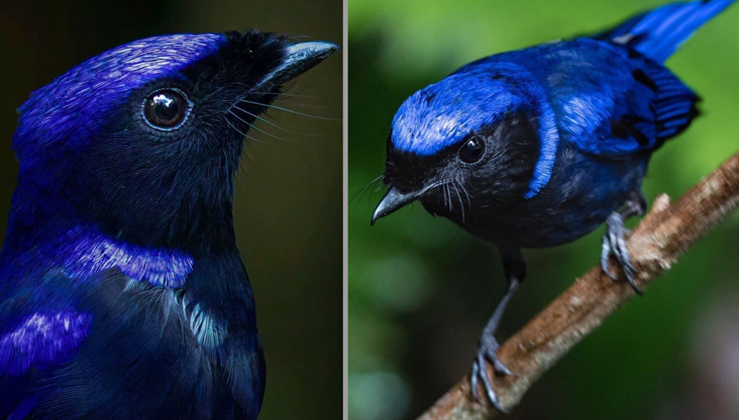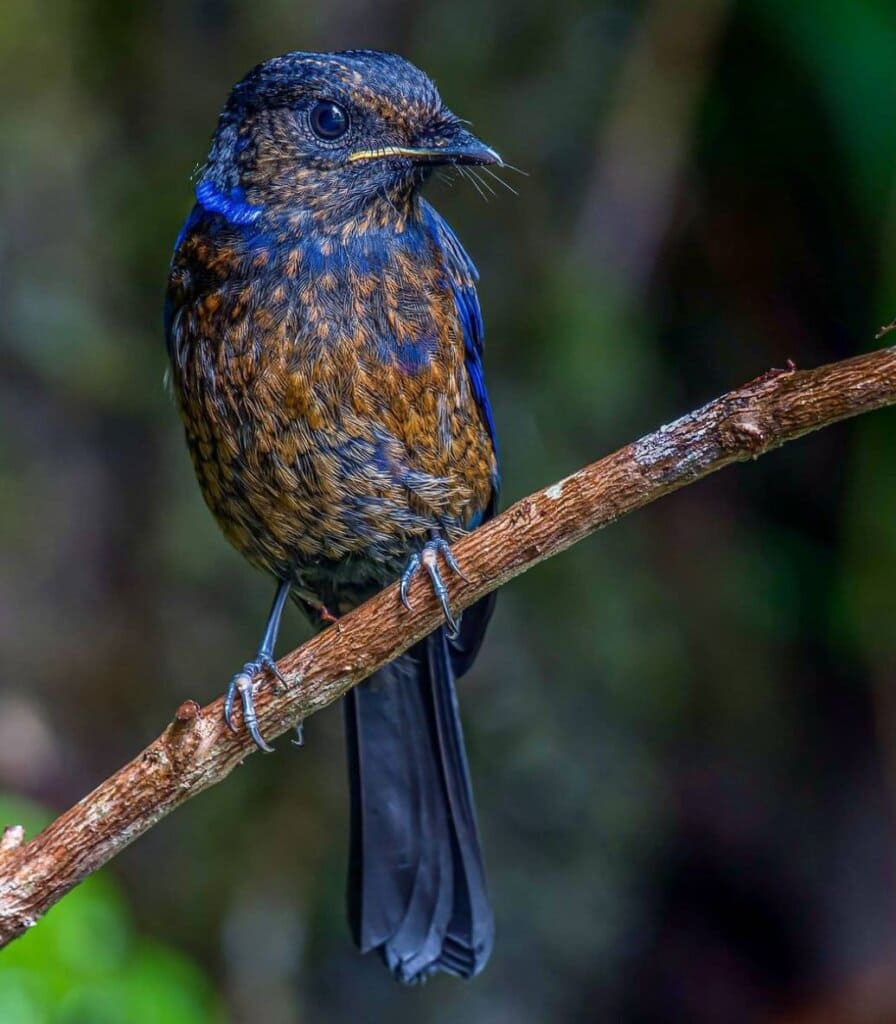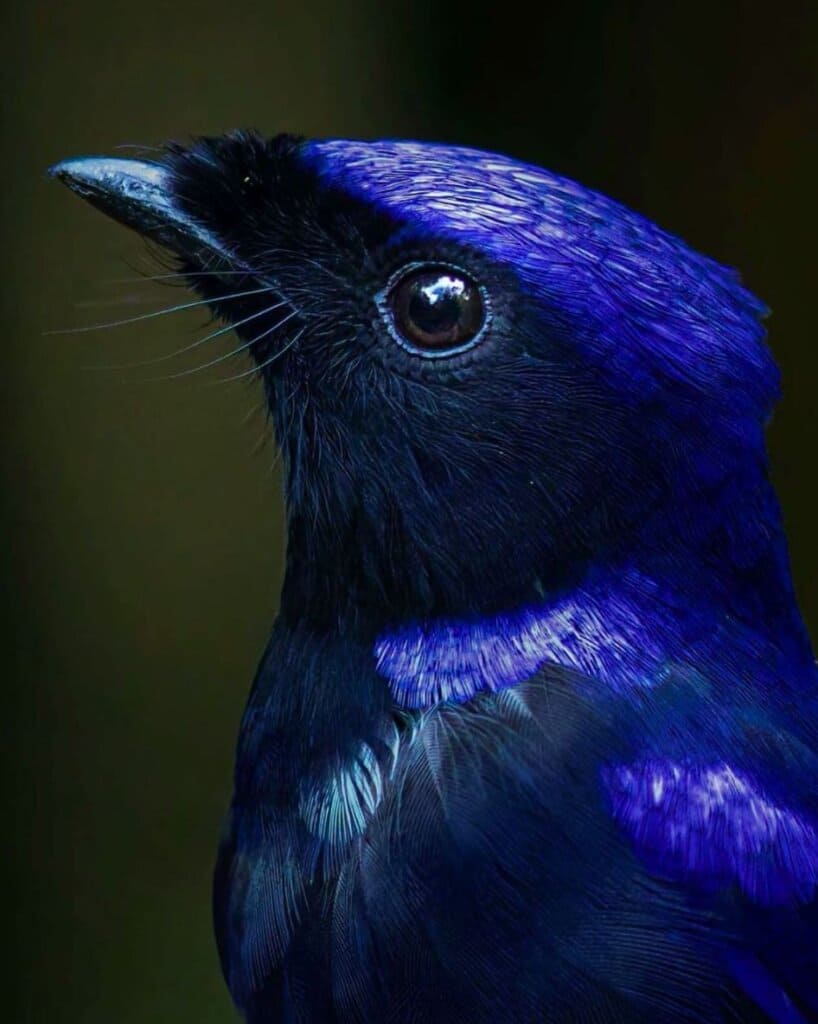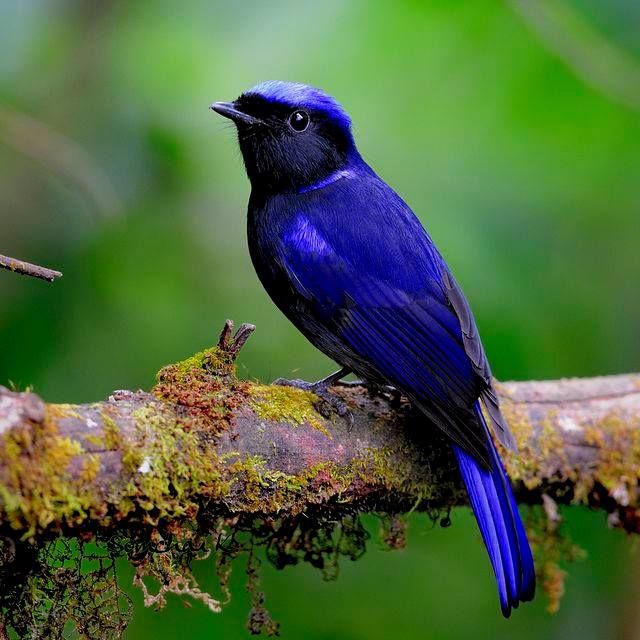The magnificent niltava, scientifically known as Niltava grandis, is a delightful bird belonging to the Muscicapidae family. It can be spotted in various countries including Bangladesh, Bhutan, Cambodia, China, India, Indonesia, Laos, Malaysia, Myanmar, Nepal, Thailand, and Vietnam. This remarkable creature is typically found in the lush surroundings of subtropical or tropical montane forests.

The immense nilvata is truly a remarkable avian species. These stunning creatures boast a vibrant shade of blue that adorns their head, back, neck, and wings, creating a mesmerizing sight. However, their face and underparts are clothed in a darker shade of blue, setting them apart within their community.

Numerous individuals often marvel at the vibrant and captivating blue hues present in these remarkable creatures. It is undeniable that their allure is simply irresistible. In stark contrast to their male counterparts, female birds boast a rich shade of dark olive-brown, adorned with mesmerizing blue patterns adorning the sides of their throats. This striking coloration extends to their wings and tail, further enhancing their beauty.

The magnificent niltava is a delightful bird that belongs to the Muscicapidae family. At present, their numbers remain steady and consistent. These lovely creatures can be found across the Indian Subcontinent and Southeast Asia. From the enchanting lands of India, Bangladesh, and Nepal, they soar gracefully across Cambodia, Bhutan, China, Indonesia, Laos, Malaysia, Myanmar, Thailand, and Vietnam.

The beautiful birds mentioned in this passage can be found in lush tropical forests and even rural gardens. They have a preference for dense, moist habitats. When it comes to their diet, large niltavas primarily feed on insects but also enjoy other invertebrates and wild berries. When it’s time to reproduce, female large niltavas take charge in building their nests, often choosing to nestle among boulders or tree hollows. In some cases, they even create holes in decaying tree stumps to lay their eggs. These nests are constructed using materials like moss and plant fibers. Once the eggs are laid, the incubation period lasts roughly 15 days. After hatching, the chicks are diligently cared for and fed by the parents for around 14 days until they are capable of leaving the nest and hunting for their own food.
